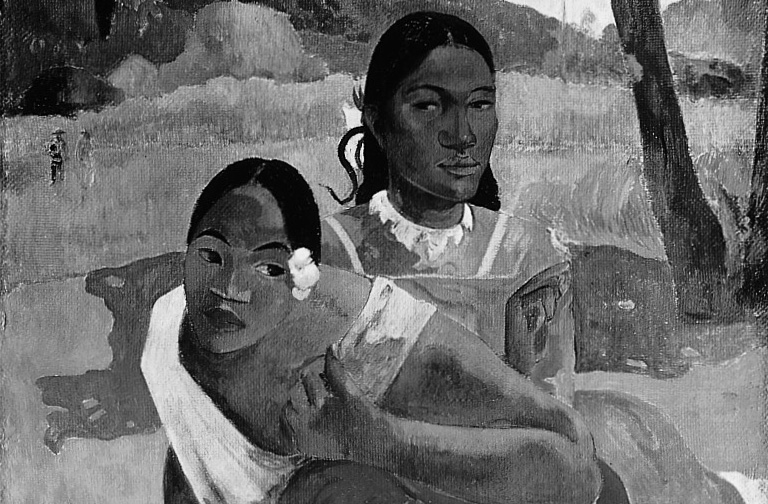There has not been a Gauguin exhibition in Berlin since the 1920s. Now, on the occasion of the artist's 150th birthday, the National Gallery is showing a comprehensive presentation of his fascinating work under the title “Paul Gauguin - The Lost Paradise”. This places Gauguin in a great tradition in the history of ideas in which the search and addiction to eternal states of happiness is at the center.
Gauguin learned painting largely self-taught. He saw paradisiacal conditions in the images of great Western art (Cranach, Brueghel, Raphael, Poussin and Watteau), as well as in the contemporary literature of Pierre Loti and in the visual evidence of non-European cultures. The attraction that Japanese woodcuts or the temple friezes of Borobodur had on him may have something to do with his memories of his childhood spent in Peru.
